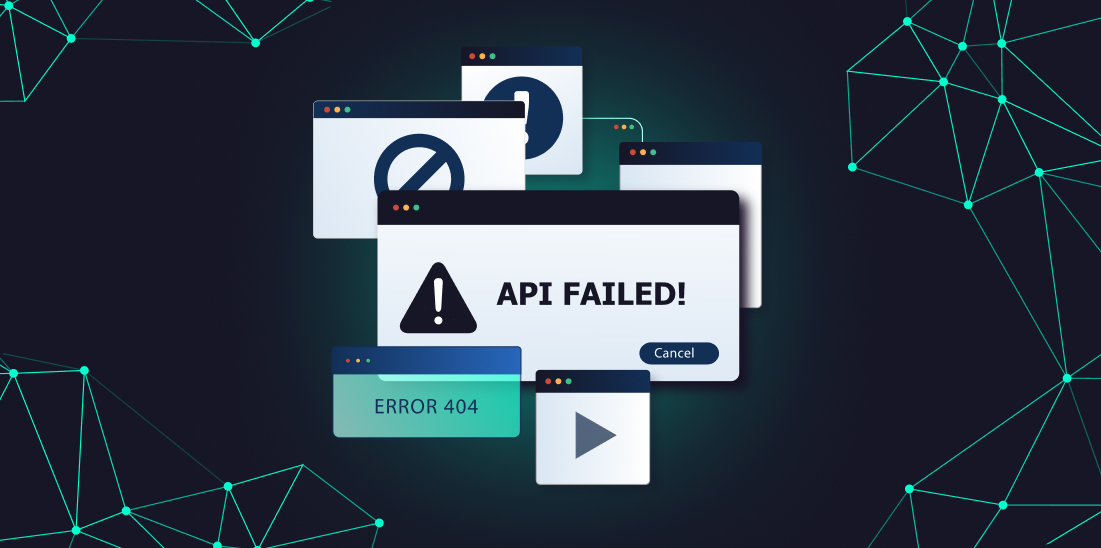
Younus Qadir - October 15, 2025
Why API-Only Integrations Fail in Benefits Administration
Real-time data exchange has gone from being a competitive advantage to a daily requirement in the world of benefits administration. APIs have made this possible in many ways, enabling fast, automatic communication between platforms and carriers.
But as many organizations have discovered, relying solely on API-based integrations can create more problems than it solves. And it doesn’t necessarily deliver the consistency and clarity many benefits networks expect.
In this blog, we’ll walk through some of the common roadblocks organizations face, and explore how a more balanced, human-aware and aided model like the one we use at OneKonnect can help fill those gaps.
Why APIs Are Valuable in Benefits Tech
APIs have revolutionized the way platforms communicate. In the context of benefits administration, APIs can help automate tasks like sending enrollment data from an HRIS (Human Resource Information System) to a carrier, or receiving confirmations in real-time, and enabling a more streamlined user experience at both ends.
Some of the evident advantages include:
- Faster employee data processing
- Fewer manual steps
- Real-time data visibility
But as promising as this sounds, the reality is more nuanced, especially when applied to the fragmented, multi-party benefits ecosystem.
Why API-Only Integrations Fail
Despite promising technical advancements, APIs don’t always operate smoothly across the entire benefits landscape. And here’s why:
1. Not Every Partner Is API-Ready
Many carriers, particularly legacy ones, continue to rely on EDI (Electronic Data Interchange). While APIs are becoming more common, the industry remains a blend of both old and new technologies. Without EDI support, API-only solutions can leave significant gaps.
2. Data Definitions Aren’t Universal
APIs come in customary data structures, but in the real world, every carrier, broker, and platform may define fields like “employee type” or “coverage tier” differently. Without careful data mapping and contextual understanding, misinterpretations can occur.
3. Limited Oversight Without Human Involvement
Complex cases, like mid-year enrollments, dependent mismatches, or state-specific plan exceptions, require prudent judgment. APIs, on their own, cannot provide that level of nuance. Human oversight becomes critical to ensure accuracy and compliance.
4. Real-Time Isn’t Always Real-Helpful
While APIs are known for real-time data transfer, that’s only helpful if the data is accurate and complete. Without checks and balances in place, real-time errors simply move faster, and fixing them still takes time, effort, and human involvement.
Why Human-Enhanced Integration Makes a Difference
While automation helps scale, it’s the human element that brings understanding, adaptability, and problem-solving to the table.
That is to say, a human-enhanced integration approach combines the power of automation with hands-on expert management. For instance, when systems hit a snag, trained experts are there to resolve issues proactively – not reactively.
With human-backed integration, you benefit from:
- Data quality reviews before transmissions
- Monitoring and intervention during file failures
- Logical checks that go beyond technical rules
- Real-time client support, even during peak enrollment
In essence, it’s about pairing smart technology with subject matter experts.
The Hybrid Model: Automation + Human Expertise
So, what’s the better approach? It’s not one or the other. A hybrid integration model that combines APIs, EDI support, and human oversight, providing both flexibility and stability. It delivers real-time capabilities while accepting the complex realities of the benefits space.
This model works particularly well when:
- You’re working across multiple carriers and platforms
- Your organization is scaling or managing high enrollment volumes
- Accuracy and compliance are top priorities
How OneKonnect Helps Brokers and Carriers Get It Right
At OneKonnect, we’ve designed our entire platform to address the real-world challenges of benefits data exchange. We support both EDI and API connections. But most importantly, we provide dedicated human oversight, a critical layer of assurance for our clients.
With OneKonnect, you gain:
- A network that connects 600+ carriers, 29+ platforms, and 60K+ employer groups
- Smart tools for real-time tracking and data validation
- A hybrid approach that manages both modern and legacy systems with ease
- A responsive team ready to troubleshoot, advise, and ensure clean data delivery
We believe technology should make life easier, not introduce more uncertainty. And that’s exactly what we aim to do – simplify benefits data exchange, without compromising control.
Seamless Benefits Connectivity
API technology plays a vital role in transforming benefits administration. But on its own, it rarely meets the full scope of real-world needs. For brokers, carriers, and HR platforms navigating this space, a more balanced, hybrid solution, driven by both automation and people, is the way forward.
At OneKonnect, we’re proud to offer just that.
If you’re looking to streamline your benefits operations while improving accuracy, efficiency, and trust, let’s talk.
